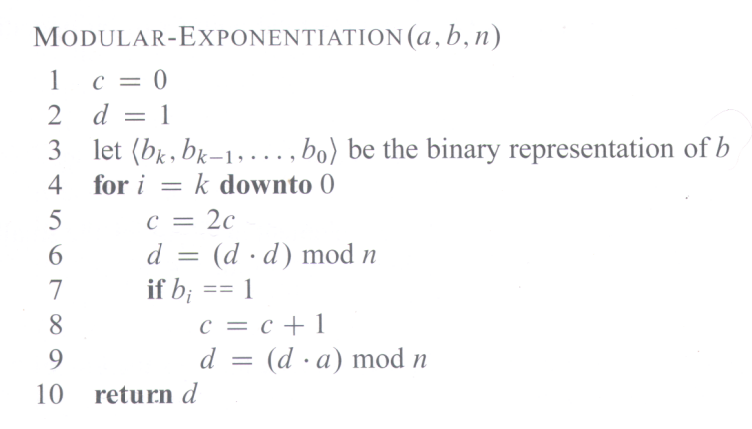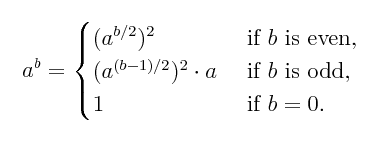 |
| Textbook. |
Analysis of Algorithms
Fall 2012
Recitation 4
Quicksort, Exp, etc.
Week 4: Sep 18-20
Due (on time): 2012-09-24 23:59:59
Due (late): 2012-09-28 23:59:59
|
CS 3343/3341 Analysis of Algorithms Fall 2012 Recitation 4 Quicksort, Exp, etc. Week 4: Sep 18-20 Due (on time): 2012-09-24 23:59:59 Due (late): 2012-09-28 23:59:59 |
Recitation 3 should be submitted following directions at:
submissions
with deadlines
|

|
|
